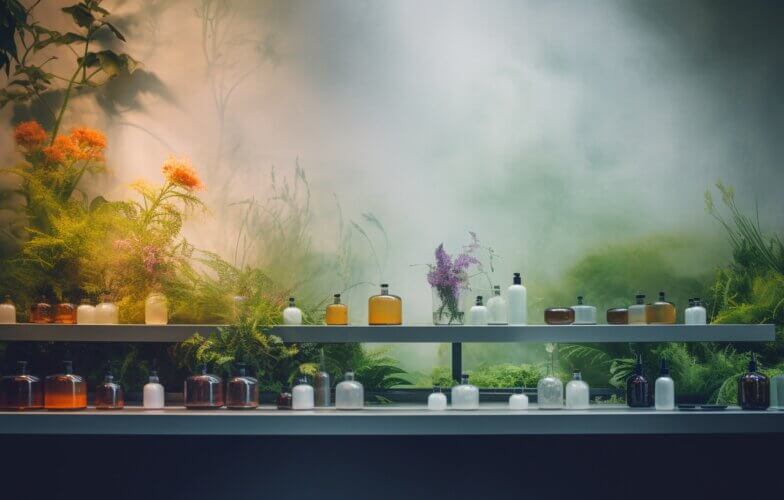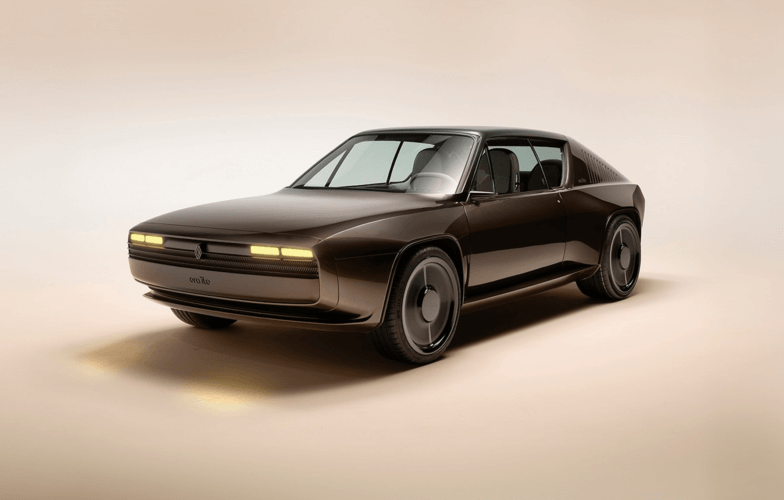
The inflatable trend: more than just hot air
DecodingsThe future will be full of balloons and inflatable structures. According to Vincent Grégoire, Insights & Consumer Trends Director for NellyRodi, this surprising trend didn’t come out of nowhere. Blow-up design has been a proven winner numerous times: from the launch of the Flying Whales airship project, to artists like Tontonballons who enchanted both the audience and jury of “La France a un incroyable talent” competition on M6 TV, as well as many other important examples we’ll give later on.
What’s the reason behind the renewed interest in balloons, and more importantly, what is their potential?
Between economic, environmental, health, and geo-political crises, our already too-serious world is slowly becoming even heavier and more stressful than it already was. This is the context for the return of inflatable products: a need to take a deep breathe (no pun intended), a longing for lightness, a desire to rise above and escape reality (a little). Inflatables give us back childlike mischief. They’re fun and innocent, and that feels good.
MAKE IT DESIGN 🎈
The inflatable concept fascinated leading designers in the 1960s and 1970s. Many of them adopted the idea to create original, colorful furnishings, like Quasar Khanh’s 1968 Aerospace collection. Beginning in the 80s, inflatable furniture became less popular; it was too polluting and too fragile. Today it’s making a big comeback, and rare designs from the last century are among the most sought-after pieces by vintage fans. Contemporary designers are now stepping up with pieces made with eco-responsible materials, and Jeff Koons’ works are considered icons for our era (but we won’t cover him here). But what’s the potential of inflatable structures in the design world?
In 2021, the Aerodream exhibit at the Pompidou-Metz Center really caught the public’s attention. The show focused on inflatable design, architecture, and structures from 1950 to 2020 and presented the wildly imaginative architecture as new, nomadic solutions. One example was bubbles that could be hooked up to existing structures to make them larger. It was a new way to think about our interiors.
Voir cette publication sur Instagram
The practicality of blow-up structures appeals to designers who put an object’s usefulness at the core of their creative process. Pieces are blown up when we need to use them and deflated when we’re done. This is just what Satomi Minoshima presents with her inflatable armchairs and couches that adapt to life within a home. They can be brought out to welcome guests and put back in the closet when the guests leave.
Voir cette publication sur Instagram
Digital artists are also fascinated by balloons, especially their round shapes and very smooth, shiny surfaces – forms which are particularly satisfying when created digitally. Andres Reisinger makes 3D furniture and often showcases it in sublime, unreal settings. He sells the pieces as NFTs (his Pink Table, resembling fused cylindrical balloons, sold for €5,000). In real life his works are also sold by Moooi, where his Ripples carpet, which looks like it’s made of balloons, is available.
Voir cette publication sur Instagram
MAKE IT FASHION 🎈
Inflatables are also big news in fashion. That’s been clear and for quite some time with puffer jackets, and now there are quilted pants and bags. The era of being a snob in fashion is over. We want to have fun with spectacular, unconventional clothes and accessories, and designers and big labels have gotten the message.
For the Loewe fall-winter 22/23 show, Jonathan Anderson had fun playing with trompe l’oeil. Fake balloons decorated models’ chests, others were squeezed into draping on garments and underneath the heels of shoes, and some featured balloon prints. Of course, those designs were the most popular with celebrities, who have since worn them on recent red carpets.
Voir cette publication sur Instagram
At Diesel, models paraded the fall-winter 22/23 season amid gigantic inflatable structures representing men and women dressed in the label’s clothes. The decor, as fascinating and it was inventive, was all over Instagram and TikTok. For the spring-summer 2023 season, Diesel repeated the human-balloon idea, but this time they were nude with their bodies intertwined.
Voir cette publication sur Instagram
Last April, Louis Vuitton set up a bouncy castle next to the water feature of the Fondation Louis Vuitton in Paris’ 16th arrondissemnt. The castle (from the decor of the spring-summer 2020 show at the Place Dauphine) was part of the Coming of Age show remembering and honoring Virgil Abloh. Entrance was free, but reservations were required so that each visitor could enjoy a festive, fun experience.
Voir cette publication sur Instagram
Boosted by the popularity of kitsch, inflatables appeal to us and even stimulate our imagination (who has never dreamed of traveling in a blimp?). Blow-up design awaken artists’ creativity by helping them break through all barriers – from solid earth to weightlessness, from virtual to real, and from microscopic to gigantic – without taking themselves too seriously.



